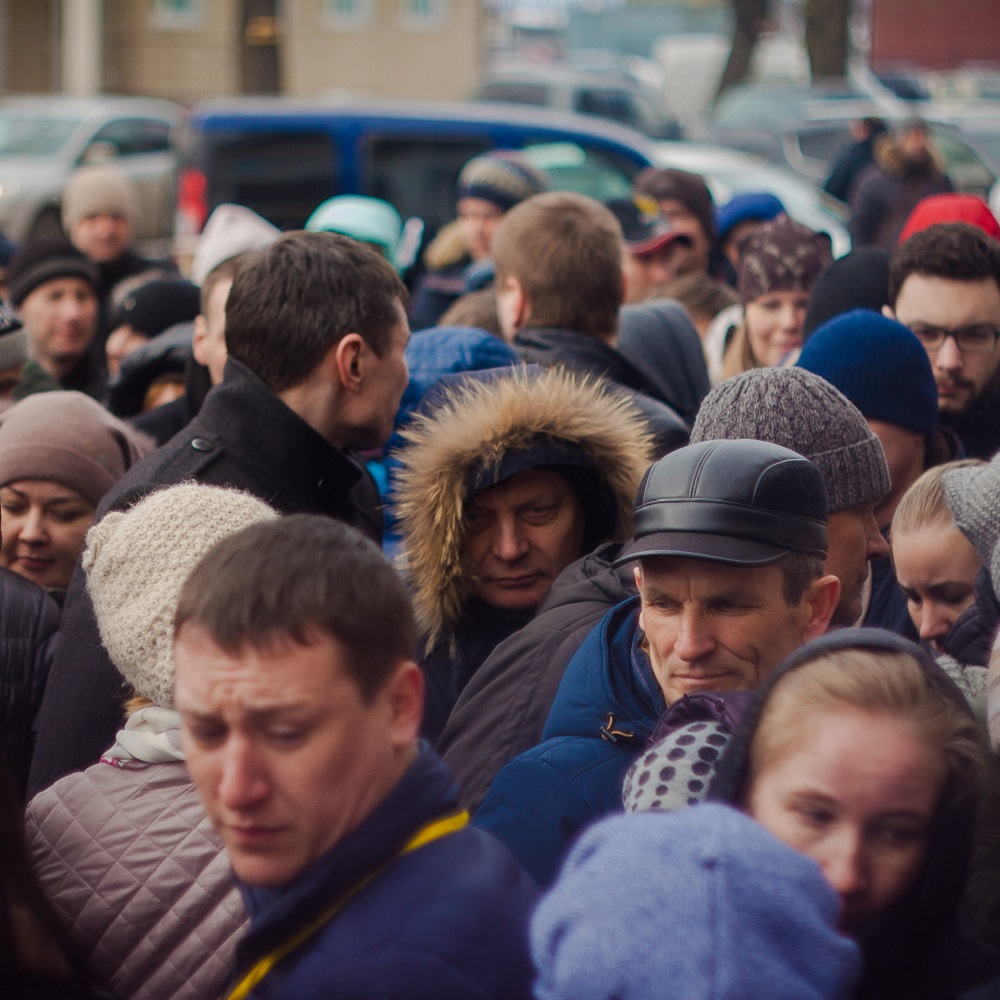Network and Social Identity

We research how individual networks and social identity interact
Some of the specific research questions we aim to answer are:
- how do overlapping multiple social identities interact in the shaping of social networks;
- to which extent do policies designed to promote integration need to take into account these interactions, (iii) how can we model the dynamic relationship between social identity and social networks,
- how do social identity and social networks shape well-being, mental health and educational outcomes;
- can we influence the way young people develop a sense of social self and will this causally affect their network structure;
- what can explain waves of prejudice, antagonism, and violence within communities; and
- can we devise policies that can reduce the probability that such events will take place?
Learn about our members' individual research interests by visiting their staff profiles listed below.
What is social identity?
Social identity is a person’s sense of who they are based on their group membership. Identities can assume many dimensions (ethnicity, gender, age, class and political ideologies) and these different domains increasingly overlap at a time of digital connectedness. The significant role of social identity on economic, political and social outcomes is well studied. The literature focuses on whether individuals adopt or reject the behaviour of the groups most closely associated to their individual attributes and on how increasing contacts across groups may reduce intergroup conflicts.
How do we research social identity?
Due to lack of adequate data and the complexity of theoretical models, the fact that social identity and group formation may dynamically co-evolve is largely ignored within the quantitative strand of the literature. This omission may have important ramifications for the design of economic and social policies. Whenever social identities and personal interactions are involved then many studies suggest that network and identity shape each other. For example, the friendships that form at university may depend on religious identity, but religious beliefs are also modified by the social circles a student is exposed to. Other examples include situations in which an individual acquires a new social identity thanks to the exposure to new ideas through social networks, such as the popular unrest in the 2011 London riots, or the very recent “#me too” movement.
Our members
Our research outputs
Publications
- “Class Altruism and Redistribution,” C. Ghiglino, D. Juárez-Luna and A. Müller, Economic Journal, 131(640), 2021: 3274—3295.
- “Gender Bias in Opinion Aggregation,” F. Mengel, International Economic Review, 62(3), 2021: 1055—1080.
Working papers
“Loss Aversion and Conspicuous Consumption in Networks,” Y. Bramoullé and C. Ghiglino, CEPR Discussion Paper 17181, April 2022.








